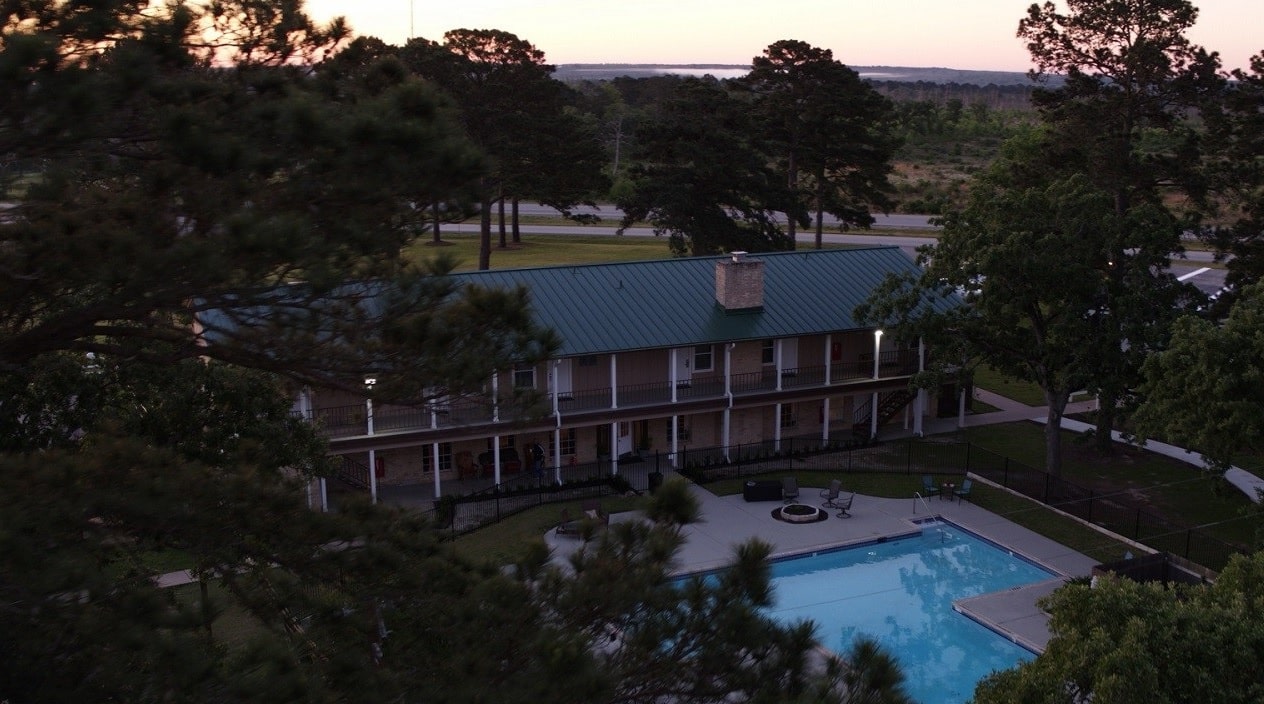To understand the healing effects of light therapy, it’s helpful to understand how light affects the body. The body uses light to fuel its processes. It enters the body through the retinas of the eyes. The retinas convert light and send it via electric pulses to the brain’s visual cortex. When light enters the brain, it provides stimulation and is processed into different colors of the spectrum to benefit various parts of the body.
Some of these light pulses enter the suprachiasmatic nucleus, the location of the body’s internal clock. Once there, light affects the circadian rhythms through the hypothalamus. An absence of light can trick the circadian rhythms into believing that it is nighttime and time for sleep, making individuals feel tired and sluggish.
Light also affects the pineal gland and the functions of the body’s internal clock. By secreting melatonin, the pineal gland controls mood, mental alertness, and sleep. This is why cloudy days that diffuse natural light may cause a downturn in mood. On such days, the body is unable to stratify the colors of light and can’t distribute the proper light to the part of the brain that affects the mood.
What Is Light Therapy?
Used by many people, light therapy involves exposing individuals to carefully controlled intense bright light. The treatment is commonly administered through a device called a light box. A lightbox contains full-spectrum fluorescent bulbs placed behind a screen that diffuses the light.
People stay close to the box with their eyes open and participate in their normal activities. The individuals’ heads and bodies face the direction of the light but the individuals don’t stare into the light. The sessions can last from minutes to hours and occur multiple times each week.
Depressive Disorders
There are various depressive disorders. Some include:
-
Psychotic depression
-
Major depressive disorder
-
Persistent depressive disorder
-
Bipolar disorder
-
Seasonal affective disorder (SAD)
Of this group, light treatment may particularly affect two depressive disorders: seasonal affective disorder and bipolar disorder.
Seasonal Affective Disorder (SAD)
Seasonal affective disorder affects individuals during the seasons when direct sunlight is diffused. Many sufferers experience their greatest challenges during late fall and winter.
Symptoms of SAD include a depressed mood and difficulty sleeping. People with SAD may experience emotions such as worthlessness, agitation, lethargy, and suicidal ideation. The depression can be deep, and there may be a loss of interest in activities that usually bring joy. Researchers speculate that decreases in serotonin and melatonin levels and dysfunction of the circadian rhythms may cause SAD.
Many people with SAD have found light therapy to be a successful treatment method. By mimicking natural sunlight, lightbox therapy may boost brain chemicals that affect the mood. Some people place light boxes near their beds so that when they awaken, they receive light that mimics the effect of natural morning sunlight. The treatment may begin to work within days, and there are negligible side effects associated with the treatment.
Bipolar Disorder
Individuals who suffer from bipolar disorders experience severe mood shifts. The mood swings often represent two distinct symptoms, mania, and depression. Although the manic phase represents a departure from the depressive state, mania exceeds normal levels of energy and optimism.
As a manic mood accelerates, individuals may become agitated, irritable, and exhibit impaired judgment that prompts them to make poor or even dangerous decisions. The mania can make them oblivious to the possible disastrous fallout from their actions and behavior.
Bipolar depression can be deep and steal individuals’ ability to function. During their depressive states, people may be overcome with negativity, a sense of loss, and hopelessness.
Scientists believe that various factors may cause bipolar disorder. They believe that one of the causes is linked to brain function and the disruption of circadian rhythms.
People with bipolar disorder spend more time in depressive states. They experience problems with sleep disruption. Their sleep patterns may shift between no sleep during mania and constant sleepiness while in a depressive state. Melatonin imbalances may contribute to circadian dysfunction and disruptions of the internal clock.
Treatment with lightbox therapy has proven helpful in the treatment of bipolar disorder. By mimicking sunlight, it may help treat insomnia experienced during mania. Exposure to artificial midday sun may trigger increased melatonin levels in the nighttime hours. In this way, the therapy may act as a reset of the suprachiasmatic nucleus.
Side Effects and the Future of Light Box Therapy
Light therapy isn’t recommended for patients who suffer from certain eye diseases and conditions such as glaucoma, cataracts, or retinopathy. Some people react negatively to the bright light of light boxes and experience headaches, eyestrain, and intense visual glare. People should seek physicians’ recommendations before beginning light box therapy.
While clinical light box therapy has existed for decades, researchers are still examining light box therapy to explore its value in treating mental disorders. It’s known that light absorption is important to the way the body’s systems perform and can affect the physiology and psychology of individuals. Growing numbers of health care professionals are encouraging the use of light therapy.

